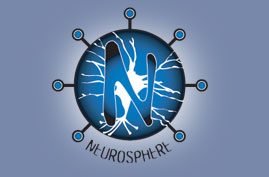Smart Motes
Personal Infrastructure
Smart Dust – Smart Motes –
“Intel believes that someday billions of embedded chips and sensing devices will be integrated into objects and locations that are part of our daily lives: clothing, baby cribs, cars, swimming pools, office buildings, hospitals — even vineyards and farms…Today, sensor motes monitor temperature throughout the vineyard. Each mote in the vineyard currently takes one temperature reading per minute and stores the results. The mote records the highest and lowest temperature readings for each hour of the day.
Someday these sensors may also act upon the environment. Imagine sensors that could monitor soil moisture to irrigate only the sections that needed it, or monitor crops to keep them free from pests and diseases.”
http://www.intel.com/technology/techresearch/research/rs01031.htm
